When Pokémon first came to Canada and the United States in 1998, I was only 10 years old.
A package arrived at my parent’s house in the mail with my name written on it, a rarity since 10-year-olds rarely receive mail unless they’ve ordered something from a cereal box. I rapidly ripped open the package and to my surprise it contained a VHS tape with the foreign word “Pokémon” plastered across it. Little did I know at the time what a significant role Pokémon would play in my life over the next few years.
I spent countless hours in middle school trading Pokémon cards and even more time playing the series’ various video games. Pokémon Red and my battered original Game Boy will always hold a special nostalgic place in my video game memory.
At the height of the series’ popularity, I likely invested hundreds of hours in both Pokémon Red and Blue, as well as Gold and Silver, collecting, battling and more importantly, talking to friends about the game, uncovering secrets and easter eggs in the process. No, the truck near the S.S. Anne doesn’t have Mew under it.
Admittedly, I’ve grown apart from the series over the last few years, eventually coming to the realization I no longer have the patience for traditional Pokémon games shortly after the release of Pokémon X and Y, games that represented the most ideal distillation of the franchise’s mechanics and gameplay. I just wasn’t having fun with the series anymore and I knew it was time for me to step away.
Until Pokémon Go launched earlier in July, marking the first time Nintendo has allowed one of its core franchises to make its way to mobile, and the franchise sucked me right back in.
With Pokémon Go, an augmented reality mobile game developed by Niantic in partnership with Nintendo and the Pokémon Company, the iconic series is experiencing a nostalgic resurgence unlike anything I’ve seen before.
Despite claims from mainstream news’ rampant coverage of Pokémon Go over the last few days, the Japanese series monster collecting has never really died out in popularity over its approximately 18 years of existence, with the latest core entries in the series, Pokémon Omega Ruby and Alpha Sapphire, selling an astounding approximately 11 million copies worldwide.
Pokémon Go is a nostalgic resurgence of a series many people grew up with, combined with technology that’s been around for a few years at this point, but finally used in a way that makes sense. Unfortunately, at least as the game stands right now, Nintendo’s first real mobile gaming effort is a bit of a mess and lacks many of the features hardcore Pokémon fans expect in their Pocket Monster collecting titles.
This doesn’t mean Go doesn’t get many things right, however. For instance, when I was about 12, I created the concept for a fictional Pokémon game that’s actually nearly identical to Pokémon Go actually is.
In my adolescent brain, the game I imagined had specific Pokémon show up based on their location in the real world. While not identical to Niantic’s augmented reality, GPS location-based title, Pokémon Go is in some ways a childhood dream fulfilling fantasy.
The basic concept of Pocket Monster collecting is still prevalent in Pokémon Go. Players utilize their smartphone and travel around real world locations in order to catch virtual Pokémon. The game’s “Nearby” tracking system, while flawed, does a great job of creating the thrill of a virtual Pokémon chase in the real-world, though Pokemon Go’s GPS integration is sometimes spotty.
Here’s how Nearby works: when a Pokémon shows up in the list with three footprints beside it, that means it’s very far away; two means it’s a little closer; one means it’s nearby and none indicates the Pokémon is almost right on top of you. Also, rustling leaves sometimes indicates a Pokémon is nearby, though not always.
Basically, while Pokémon Go gives you slight direction when it comes to hunting Pokémon, sometimes the system just doesn’t make sense and it seems impossible to catch that rare Snorlax you’ve been hunting.
When this core gameplay concept works, however, especially if you’re looking for creatures with friends since everyone in the area is able to see the same Pokémon, it creates an experience that’s half geocaching, half Pokémon, and all surprisingly entertaining.
For instance, last Saturday I spent the better part of an hour hunting an illusive Poliwhirl with a small group of friends, spreading our efforts out across a small park, hunting for the creature. When we actually found the Pokémon we all let out small, satisfied cheers.
The capture system is also entertaining. When a Pokémon appears on your screen, you simple just need to tap on it, launching a capture screen. This is where Pokémon Go’s augmented reality (AR) game play comes into play.
Utilizing the camera as a pass-through device, the Pokémon you’re trying to catch shows up in the real world (this is why there are so many pictures of Abras squatting on player’s toilets).
Next, you need to nail the Pokémon with a well-placed Pokeball, complete with the ability to throw curved trick shots for extra points. Graphically Go’s AR Pokemon look impressive and amusingly, almost feel like they belong in the real-world, despite their anime aesthetic.
Placing Lures, items that everyone can see that attract Pokémon to Pokestops, unfortunately doesn’t track nearby Pokémon and neither does Incense, an item that accomplishes largely the same thing as Lures, but is totally mobile. While this makes Pokémon hunting more challenging, it also doesn’t make much sense.
It’s a fascinating experience when you drop a Lure at a Pokéstop – locations strewn around the world where players can find items like Pokéballs, Revives and Potions – and other players start to show up in the real-world, adding an additional social aspect to the experience I’m not sure Niantic counted on.
It’s important to note, however, that there have been examples of players using Lures for unfortunate nefarious purposes.
Unfortunately, like many aspects of Pokémon Go, Niantic never really explains how the game’s Nearby tracking system works, leaving it up to players to figure it out, though to a certain extent, the fact that you have to figure out on your own how the game’s various systems works, is also part of its charm.
An unprecedented social experience has evolved from Pokémon Go, stemming from its Pokémon hunting features, as well as its complicated but surprisingly satisfying Gym system.
Virtual Pokémon gyms are scattered around the world and hold an allegiance to one of three factions, Mystic, Valor or Instinct, allowing rival teams to either lose or hold a specific gym. In order to do this, players must physically walk to a gym in the real world, and enter a battle. If the gym is the same team as yours, fighting your own team’s Pokémon raises that gym’s XP, eventually levelling it up and allowing members of your team to place more Pokémon at it. For example, the CN Tower in Toronto is an extremely popular level 10 gym. This means that 10 Pokémon can be placed at it.
On the other side of the spectrum, attacking an enemy gym lowers its XP if you win, allowing you or another member of your team to take it over and claim the battleground as your own. This creates a social experience unlike anything I’ve ever experienced in a video game and I’ve started to see the same people at gyms located near my apartment, all battling it out, vying for Pokémon gym supremacy.
Pokémon Go’s battles on the other hand, are somewhat lacklustre and usually devolve into random screen tapping. From what I’ve been able to gather, battles are still turn-based to a certain extent, just as they always have been in the series, though they’re not played out in real-time. Players tap on the screen to attack and swipe left or right to dodge incoming onslaughts.
Also, long presses on the screen activate Special Attacks. Victory tends to stem from the Pokémon with the higher CP rating (combat power) which can be raised by spending Stardust, in-game currency earned by catching Pokémon, levelling up your trainer and completing in-game achievements. To Niantic’s credit, Pokémon Go is far from a pay-to-win experience, with Pokécoins only being used to purchase additional Pokéballs and other items not necessary to pushing forward in the game.
If you’re a hardcore Pokémon fan, the above section of this review likely sounds confusing and unlike the series you’re familiar with. While it might seem daunting at first, for the most part, Pokémon Go’s various systems eventually start to make sense.
But there’s also a lot the game is missing, though Niantic has committed to adding more features to Go in the coming weeks. Trading is fundamental to Pokémon as a series, yet it hasn’t made it to Go at launch. Also, while Go’s Gym system is currently compelling, after a few weeks of play, it will likely grow old.
Basically, while Pokémon Go offers a compelling experience right now and is undeniably an important moment for the future of augmented reality, without constant feature updates, it likely won’t stay that way for many players, especially more hardcore, long-time fans of the series.
Still, even with its rampant server issues and the fact that the game hasn’t launched in Canada, though with a few steps it’s relatively easy to get your hands on the iOS and Android version of the game north of the U.S. border, there’s something truly special about the cultural phenomenon that’s evolved around Pokémon Go.
Now excuse me, a Pikachu just appeared in my Nearby list that I need to go catch.
Pokemon Go is officially available on iOS and Android in the U.S., New Zealand and Australia. It’s expected the game will launch in Canada at some point in the very near future, though we don’t know its specific release date. However, we do have guides explaining how to download the game right now on iOS and Android.
This review will be updated as Niantic solves Pokémon Go’s various glitches and server issues. I’m also hopeful that the developer will add new features to Pokémon Go, particularly related to trading and an expansion of the gym battle system.
Related reading: Here’s how to get Pokémon Go for iOS in Canada right now
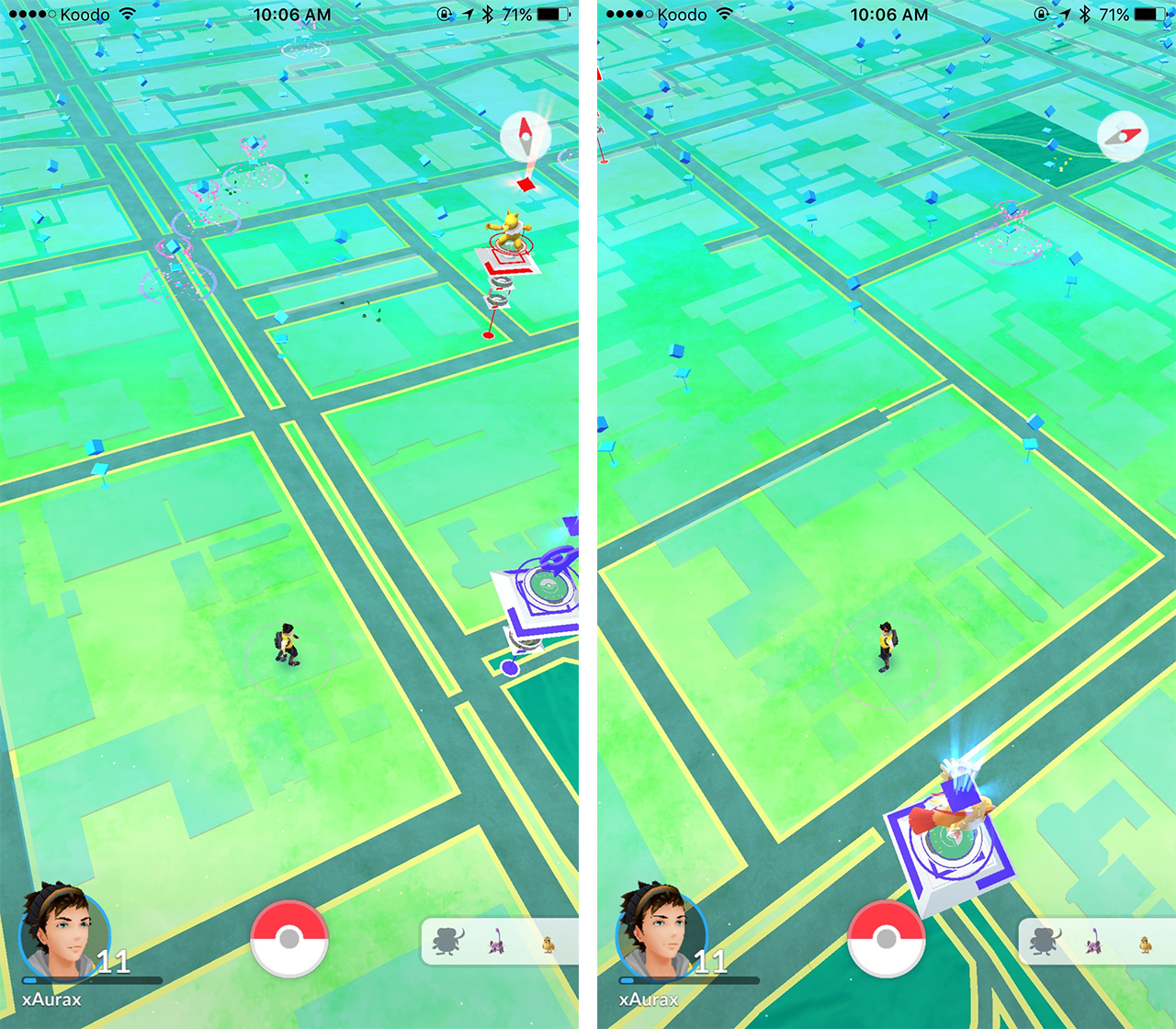
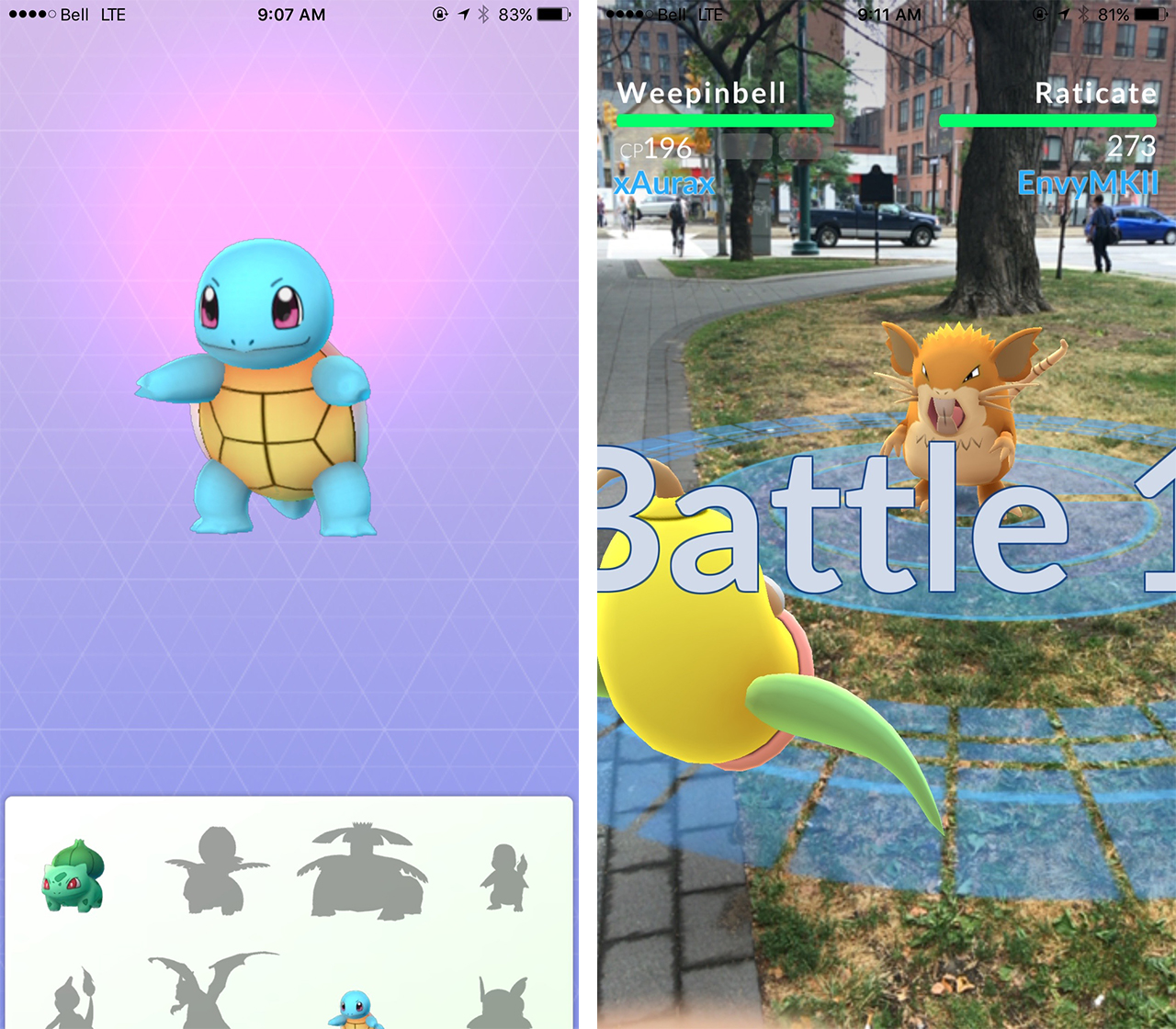
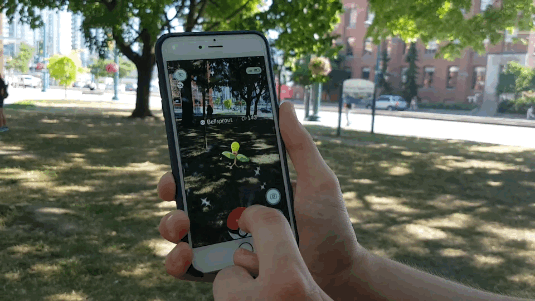


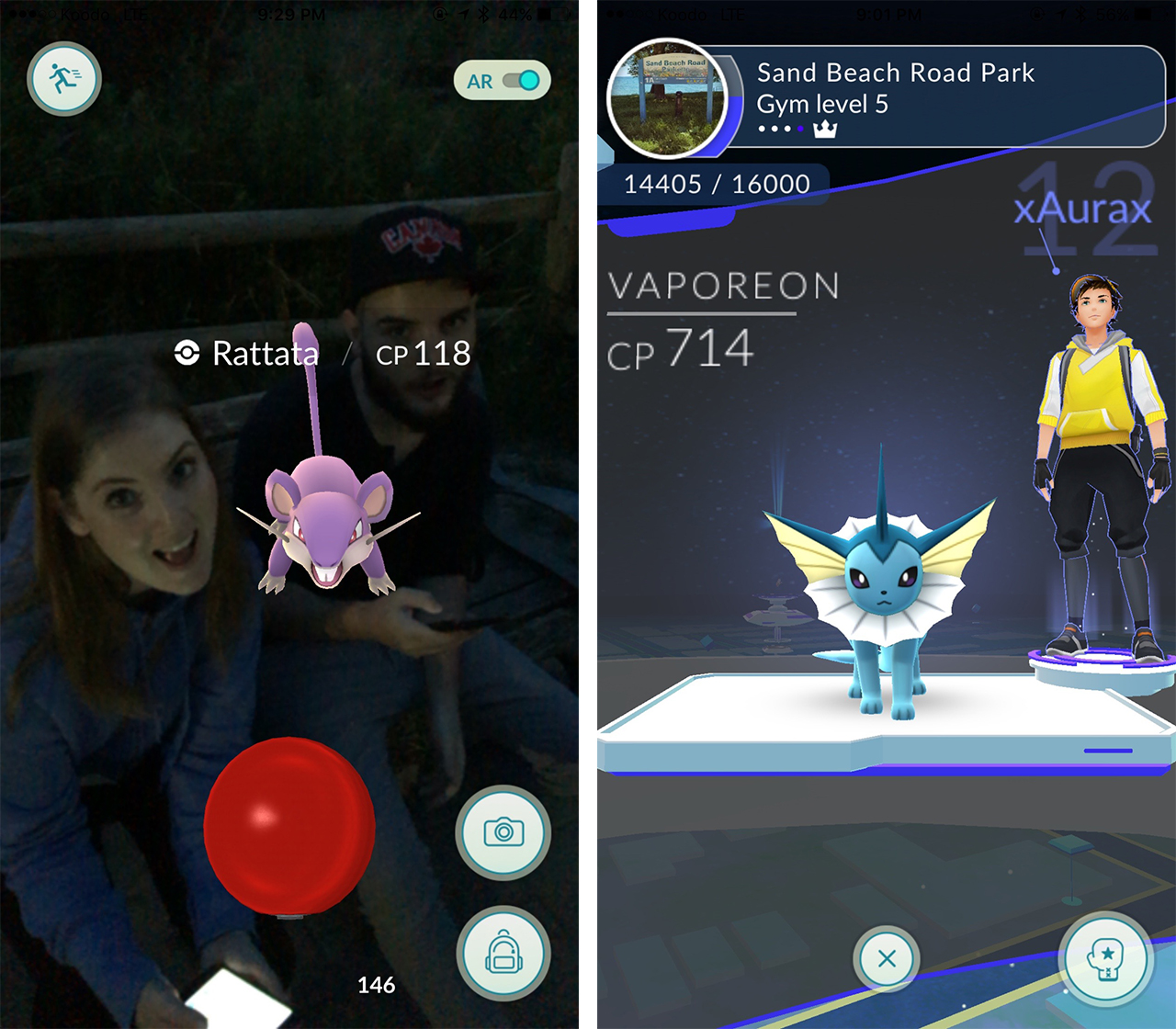
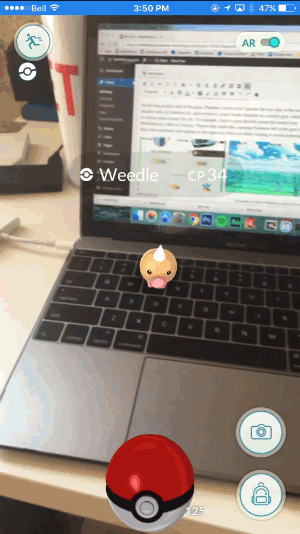



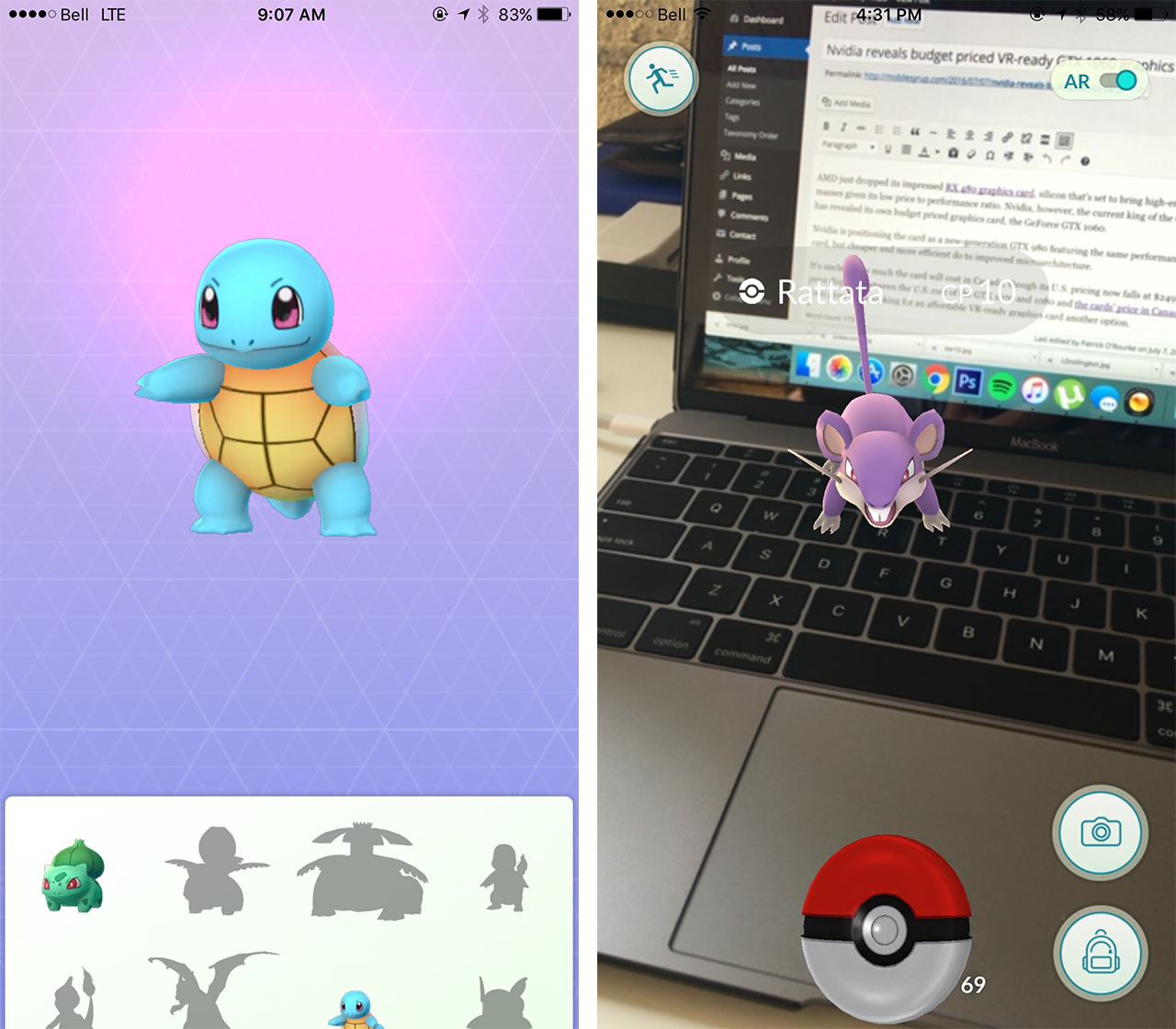
















 MrJamesMay
MrJamesMay




















